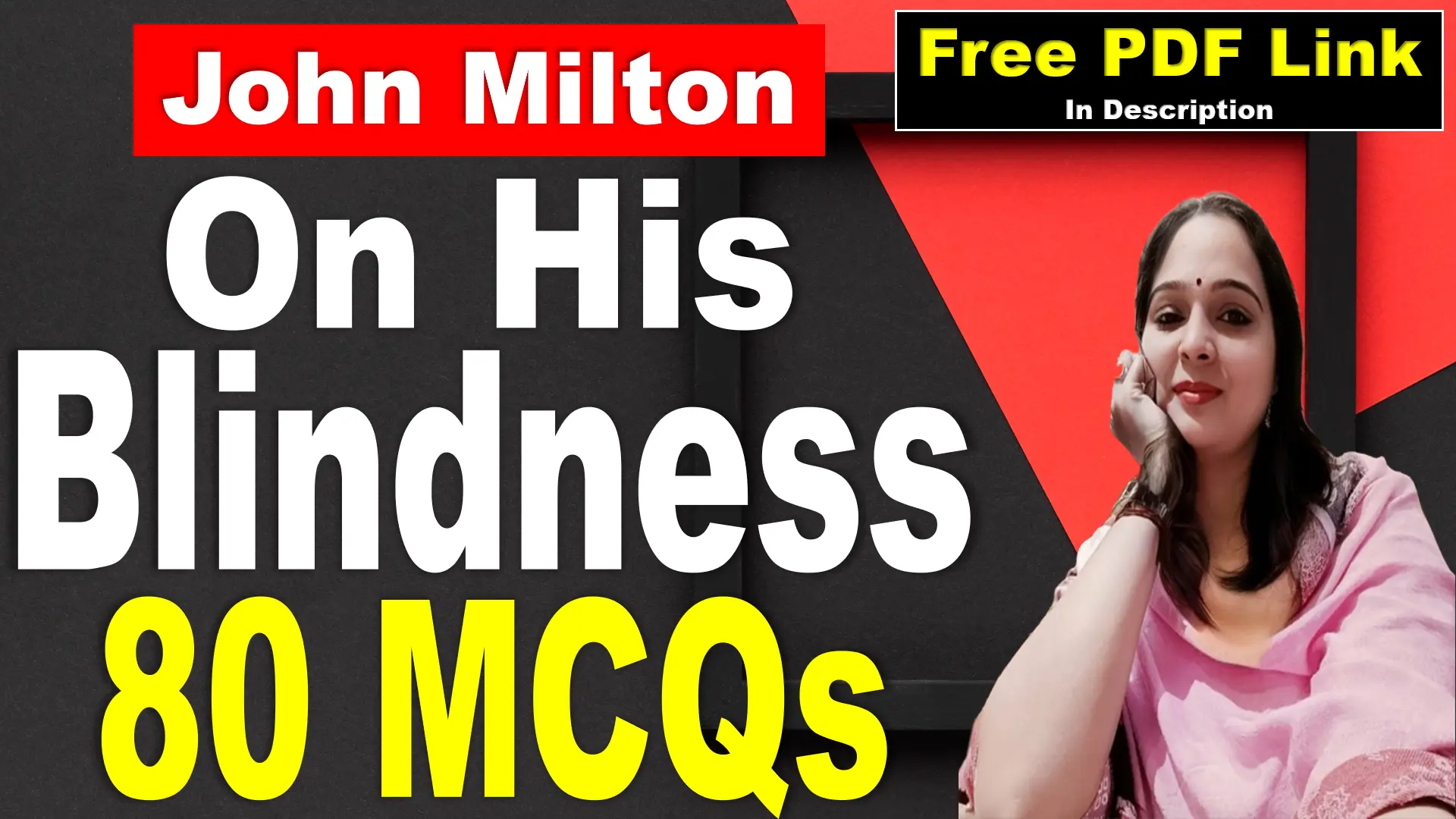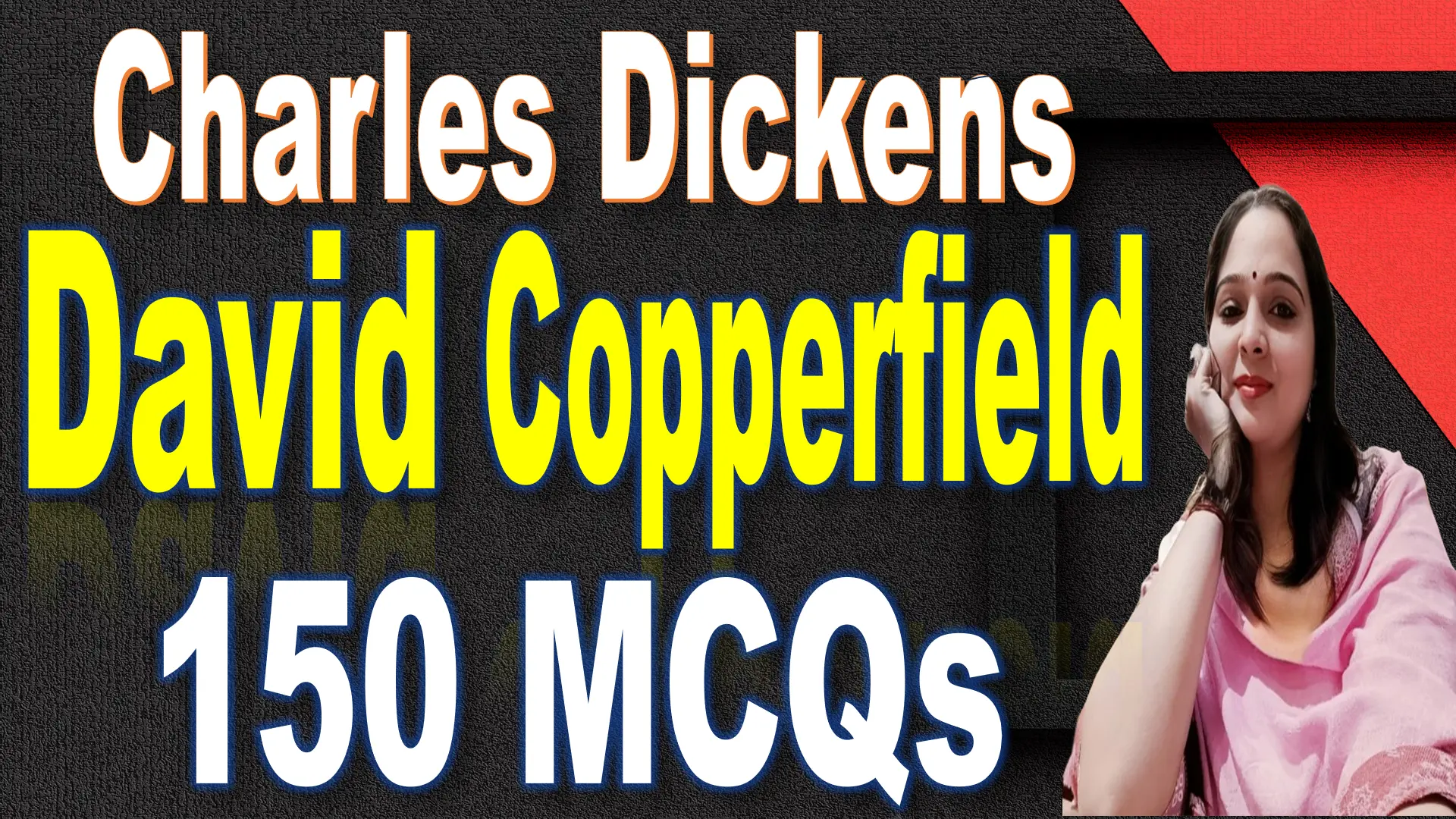
Personification vs Anthropomorphism | Personification Figure of Speech | Anthropomorphism Figure of Speech | Free PDF Download – Easy Literary Lessons
Personification
Personification is a literary device that gives human qualities to animals, objects, or ideas. Writers often use personification to bring inanimate objects or abstract concepts to life to understand their nature and actions better. It’s a form of metaphor, as it involves making an implicit comparison.
Examples
1. From William Wordsworth’s “I Wandered Lonely as a Cloud”:
“The waves beside them danced; but they Out-did the sparkling waves in glee:” In this line, Wordsworth personifies the waves as ‘dancing’, which gives them a joyful, human-like quality. The comparison to the daffodils, also personified as capable of outdoing the waves in happiness, creates a lively and cheerful scene.
2. From Emily Dickinson’s “The Sky is low, the Clouds are mean”:
“A Travelling Flake of Snow Across a Barn or through a Rut Debates if it will go.” Here, Dickinson gives a snowflake the human ability to debate, suggesting a sense of indecision or contemplation that one wouldn’t expect from a snowflake. This personification adds depth and character to the snowflake, making it more than an inanimate object.
3. From Robert Frost’s “Stopping by Woods on a Snowy Evening”:
“The woods are lovely, dark and deep.” In this line, the woods are given the attribute of loveliness, a human emotion that creates a serene and inviting image.
4. From Percy Bysshe Shelley’s “Ode to the West Wind”:
“If Winter comes, can Spring be far behind?” Here, the seasons are personified as entities that follow one another, suggesting a sense of certainty and natural progression.
5. From John Keats’ “To Autumn”:
“Where are the songs of Spring? Ay, where are they? Think not of them, thou hast thy music too,” Autumn is personified as having its own ‘music,’ which suggests the sounds of Autumn are as rich and valuable as the songs of Spring.
Anthropomorphism
Anthropomorphism is derived from the Greek words “anthropos” (human) and “morphe” (form). Anthropomorphism is a literary device similar to personification, but it goes a step further by attributing human characteristics to animals, gods, or objects to the extent that they appear to be human. This can include speech, thought processes, emotions, and even the physical appearance of being human-like. It’s often used in fables, myths, and children’s stories to teach lessons or entertain.
Purpose:
Storytelling: It allows non-human characters to become protagonists or essential figures in stories.
Relatability: By humanizing these characters, readers can relate to them personally.
Education: Especially in children’s literature, it’s used to teach moral lessons and values.
Usage:
Fables: Often used in fables to teach moral lessons through animal characters.
Mythology: Many mythologies use anthropomorphic gods to explain natural phenomena and human experiences.
Animation and Comics: Widely used in cartoons and comics for entertainment.
Examples:
1: From George Orwell’s “Animal Farm”:
The pigs, especially Napoleon and Snowball, take on human characteristics of leadership and manipulation and even walk on two legs by the end of the story. This anthropomorphism is used to critique the corruption of power in political systems.
2: From C.S. Lewis’s “The Chronicles of Narnia”:
Aslan, the lion, is not only given the ability to speak but also embodies noble human qualities such as wisdom and justice. He serves as a symbol of good leadership and sacrifice.
3: From Rudyard Kipling’s “The Jungle Book”:
The anthropomorphism in the story is evident in the animal characters that surround Mowgli, who exhibit human-like qualities and play pivotal roles in his upbringing and adventures. Baloo (The bear) teaches Mowgli the laws of the jungle and imparts wisdom, much like a human teacher would. Bagheera (The black panther) serves as a protector and mentor to Mowgli, displaying qualities of intelligence and thoughtfulness. Shere Khan (The Lion). An antagonist who exhibits traits of pride, anger, and vengefulness, akin to a human villain.
4: From Walt Disney’s “Mickey Mouse”:
Mickey Mouse is a classic example of anthropomorphism. Mickey exhibits many human characteristics: he walks upright on two legs, wears clothes, speaks with a human voice, and shows a wide range of human emotions and expressions.
Mickey Mouse lives where animals act like people: they drive cars, live in houses, have jobs, and engage in complex social relationships. This portrayal allows audiences to connect with Mickey and his friends personally, as they can see human-like behaviors and emotions reflected in these non-human characters.
Personification versus Anthropomorphism
| Aspect | Personification | Anthropomorphism |
| Definition | Personification is a figure of speech where human qualities are given to animals, objects, or ideas. | Anthropomorphism involves attributing human characteristics and qualities to non-human beings or objects. |
| Usage | It is used to create imagery and express feelings through inanimate objects or abstract concepts. | It is used to portray animals or objects behaving and appearing as if they are human. |
| Characteristics | The non-human entities are described with emotions or behaviors that we typically associate with humans. | The non-human entities are often given a physical human form, human-like intelligence, and social behaviors. |
| Examples | “The sun smiled down on us. | Winnie the Pooh, Mickey Mouse, Characters in “Animal Farm”. |
| Purpose | To make the descriptions more relatable and vivid for the reader by evoking an emotional response. | To create characters that can engage in human activities, often used to tell stories or convey messages. |
| Depth of Traits | Usually limited to one or two human traits for metaphorical effect. | Often involves a full range of human traits, including complex emotions and social interactions. |
| Narrative Role | Used more for descriptive purposes rather than driving the narrative forward. | These characters often have significant roles in the narrative, with their arcs and development. |
MCQs
1. “The stars danced playfully in the moonlit sky.” This sentence is an example of
A. Metaphor
B. Personification
C. Anthropomorphism
D. Onomatopoeia
2. “The cake was calling my name” is an example of:
A. Metaphor
B. Personification
C. Anthropomorphism
D. Hyperbole
3. “The sun greeted me this morning” is an example of:
A. Metaphor
B. Personification
C. Anthropomorphism
D. Hyperbole
4. “The alarm clock yelled at me to wake up” is an example of:
A. Personification
B. Anthropomorphism
C. Hyperbole
D. Metonymy
5. Which device would likely be used in a story where a tree gives advice to a child?
A. Metaphor
B. Simile
C. Personification
D. Anthropomorphism
6. In ‘The Lion King,’ the lions have their own kingdom and social system. This is an example of:
A. Personification
B. Anthropomorphism
C. Allegory
D. Metaphor
7. Which term describes giving human-like emotional depth to a robot character in a story?
A. Personification.
B. Anthropomorphism.
C. Metaphor.
D. Simile.
8. In George Orwell’s ‘Animal Farm,’ the animals take over the farm and establish their own rules. This is an example of:
A. Metaphor.
B. Personification.
C. Anthropomorphism.
D. Allegory.
9. In ‘The Jungle Book,’ Baloo the bear teaches Mowgli about the jungle laws. This is an example of:
A. Metaphor
B. Simile
C. Personification
D. Anthropomorphism
10. Which statement is true about anthropomorphism?
A. It gives animal traits to humans.
B. It is limited to giving human emotions to non-human entities.
C. It often involves full humanization, including appearance and behavior.
D. It is not used in children’s literature.





